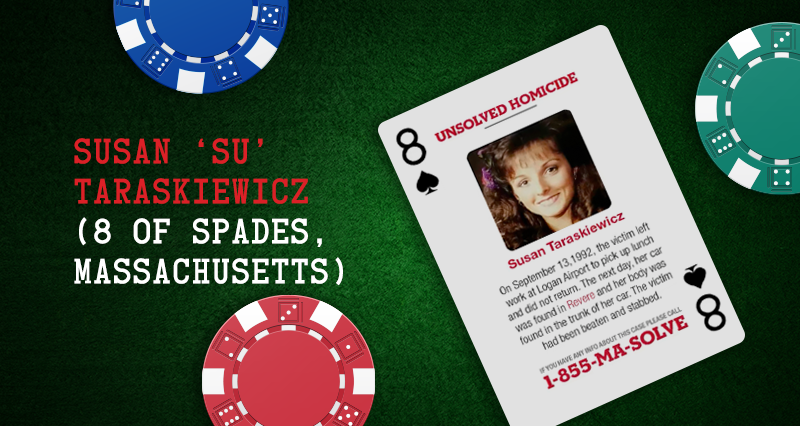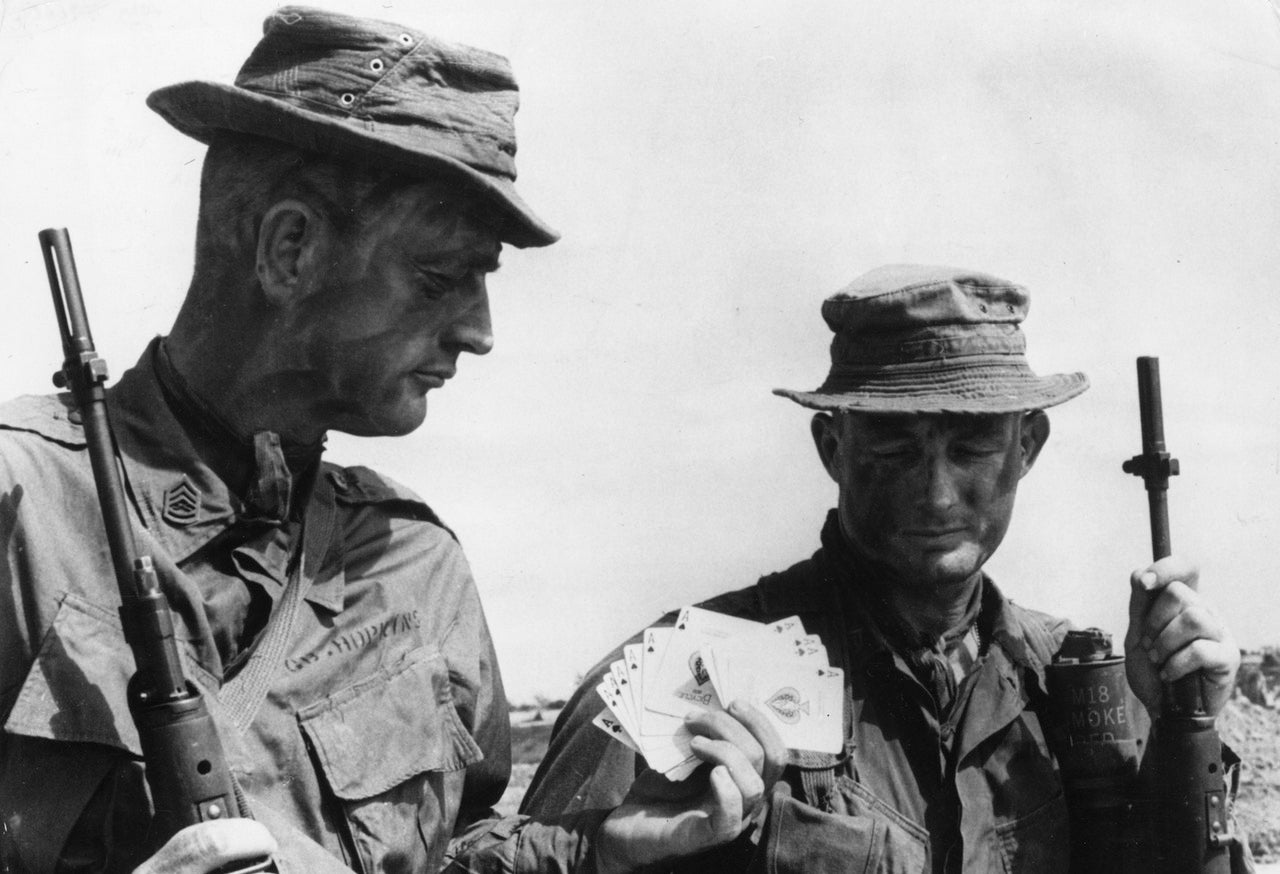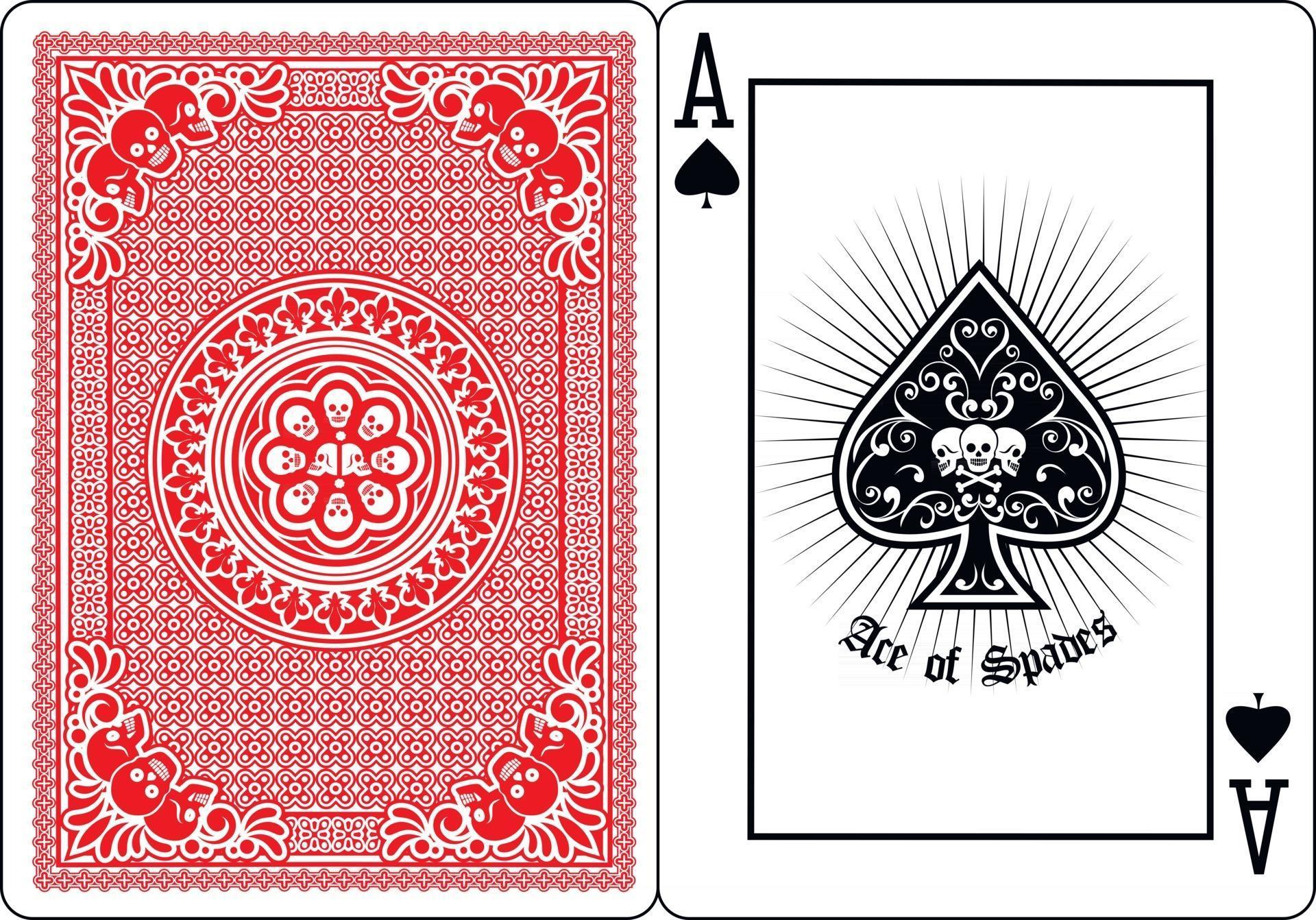
The Ace of Spades in the Vietnam WarĮven though the card had been a symbol of honor and luck in World War II, the war in Vietnam reminded people of its connection with death. It became a symbol of luck for the regiment, and today the card is still used to commemorate the legacy of the 101st Airborne Division’s triumph in World War II. The 506th Parachute Infantry Regiment, a part of the famous “Screaming Eagles” unit, was given the ace of spades as their mark. These symbols were painted on the sides of soldiers’ helmets to make it easier for them to identify their regiment when they were gliding, parachuting, or worse, got lost. During World War II, the 101st Airborne Division decided to use card suits to identify different regiments. During World War I, the symbol had already been used by the British Army as part of their regimental insignia. In World War II, the ace of spades took on a larger, more encompassing symbolic meaning. The Ace of Spades in War The Ace of Spades in World War I and World War II

But even that marked only another moment in the card’s historical association with death. This time of the year was the hardest and darkest, with its ever-looming threats of famine and cold. Others believed the card represented the winter Week of Yule. Some people believed the spade itself represented the tool used to dig graves. This dark reputation followed the card into the 18th century when pirates started to use it as a threatening symbol to scare traitors and informers. Eventually, a great many paid the ultimate price after being caught out creating counterfeit cards.

Creating counterfeit cards became a capital offense, one that could lead to death by hanging. Because the signing process was so expensive and time-consuming, people began to fake the stamp in an attempt to decrease costs. However, even this seemingly innocent connection to taxes soon turned an uncanny, dark corner. The stamp was proof that the “stamp duty” or tax had been paid. Once playing cards had become taxable, King James I, and later Queen Anne, enforced a law according to which the ace of spades card had to bear the insignia of the relevant printing house. And so, it should come as no surprise that following its initial connection with death, the ace of spades would also become associated with its twin certainty: tax. It is said that in life, only two things are certain: death and taxes. This link with death would become the first of many. The first of these can be traced back to medieval Europe when blacksmiths stamped their weaponry and armor with the ace of spades as a mark of quality. Though many people might chalk it up to superstition, there are actually multiple connections between the ace of spades cards and death. What Does the Ace of Spades Represent? How a Playing Card Became a Symbol of Death Learn about the history of the death card, all the way from medieval Europe to the present, and how this has helped it become such a cultural icon that stands out amongst other playing cards and the reputation they have today. $\$.Why is the Ace of spades special? This particular card shares the spotlight with the three other aces in online poker and other card games, so why does it have such an infamous reputation? Is the card’s place at the top of the hierarchy of cards in some countries the reason? Or is there a darker and more twisted story waiting to be told? It seems most likely that it’s the ace of spades’ reputation as a “death card” that has played a significant role in it staying so popular in modern culture. There are $3 \times 3!$ ways to let $A$ be after the first $a_i$:

Let $A$ denotes ace of spades, $B$ denotes heart two, and $a_1, a_2, a_3$ denote ace of other 3 colors. It is more likely that the next card is heart two, and the probability of heart two versus ace of spades is 4:3. Therefore the probability that the card following the first ace is the ace of spades isīy the same argument, simply replacing the ace of spades with the two of hearts above, the probability that the card following the first ace is the two of hearts is also $1/52$. So there are $51!$ arrangements in which the aces of spades follows the first ace. There are $51!$ ways to arrange the first group of cards, and there is only one place to insert the ace of spades so it immediately follows the first ace. Each ordering of the 52 cards can be produced by first dealing out all the cards except the ace of spades, then inserting the ace of spades into that ordering. We would like to count the arrangements in which the ace of spades immediately follows the first ace dealt. This can be done in $52!$ ways, all of which we assume are equally likely. To find the probability that the next card is the ace of spades, imagine that we deal out all 52 cards. Surprisingly, the probability that it is the ace of spades is also 1/52. The probability that the next card following the first ace is the two of hearts is 1/52.


 0 kommentar(er)
0 kommentar(er)
